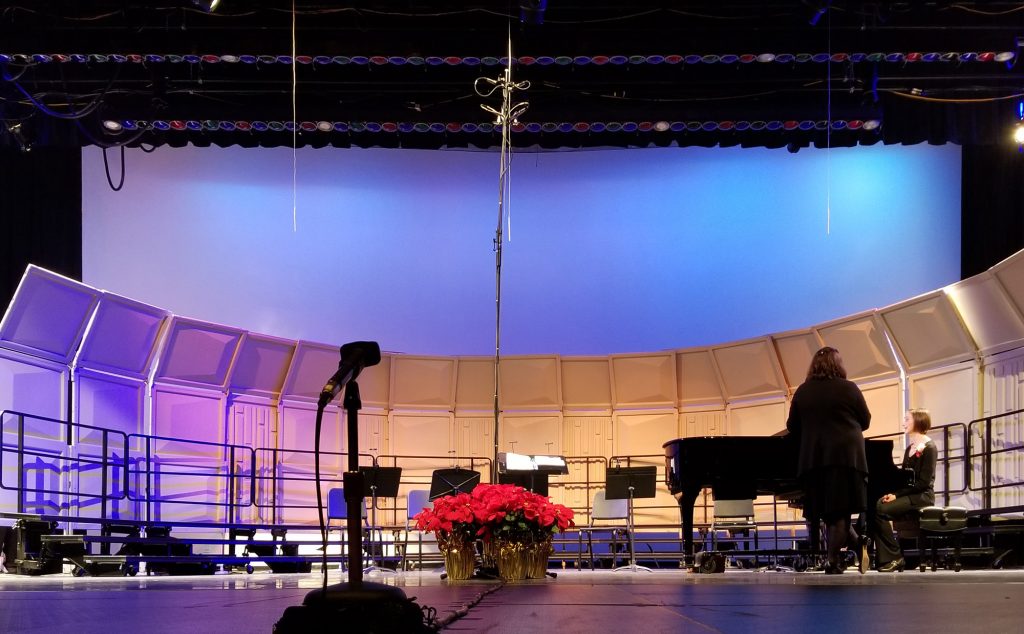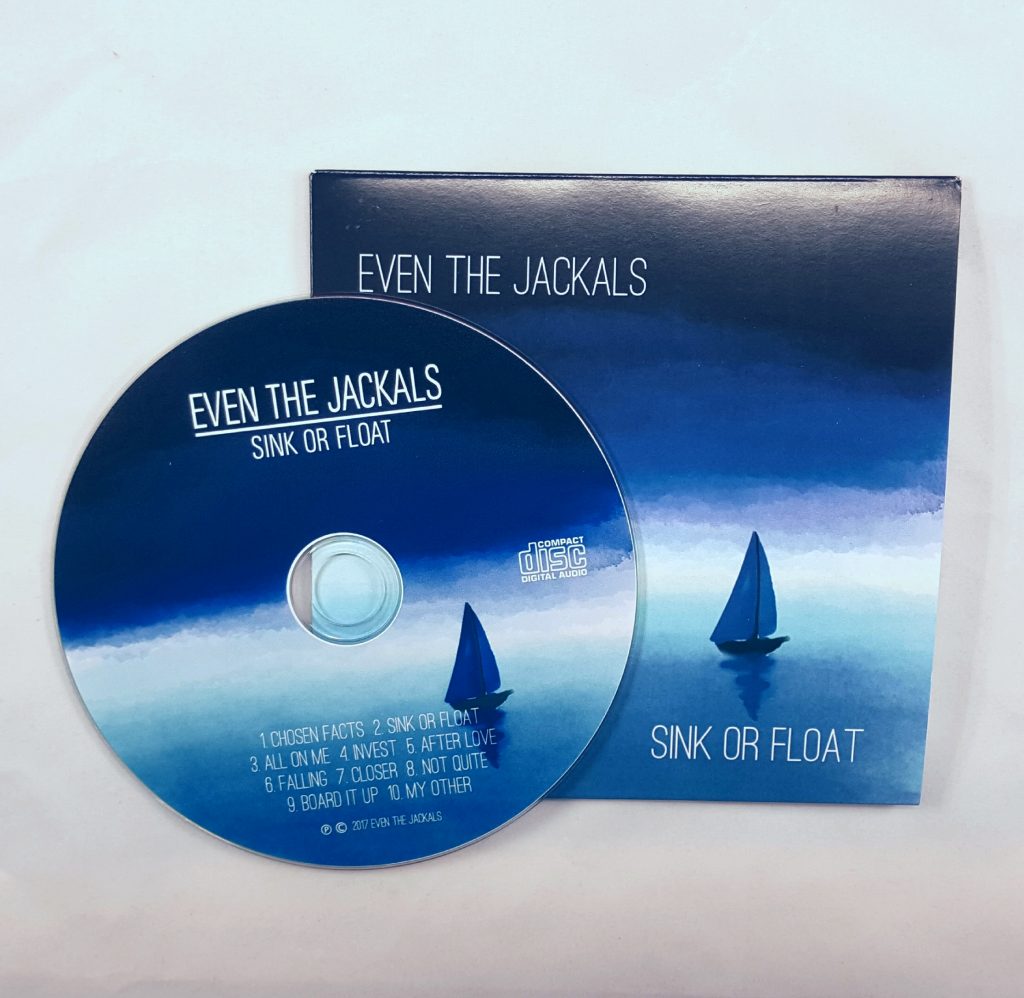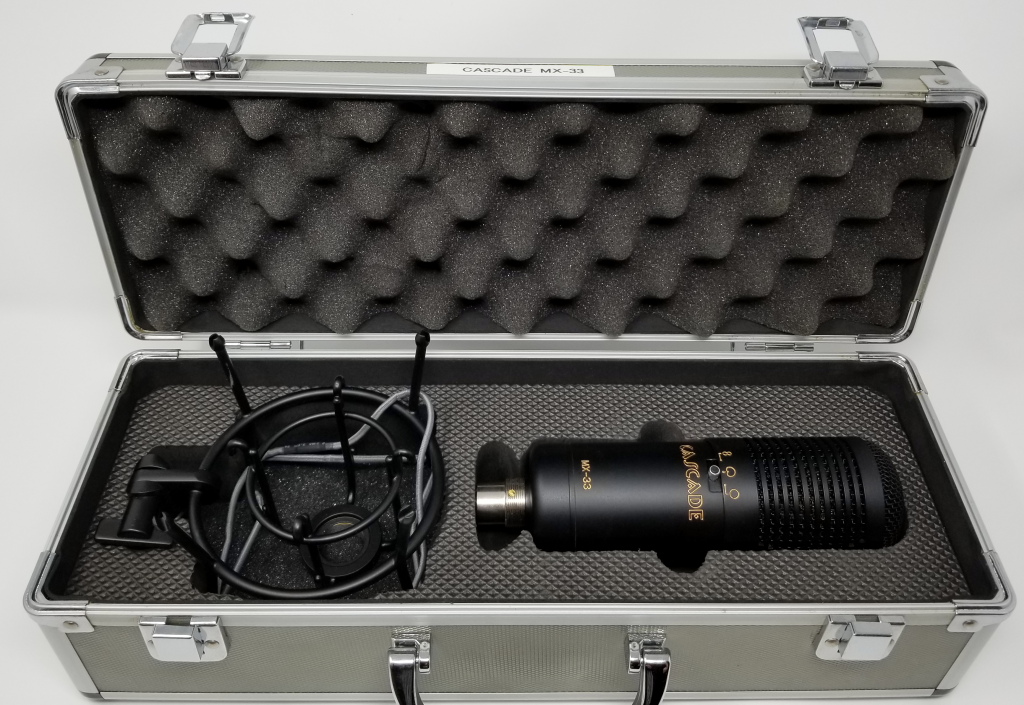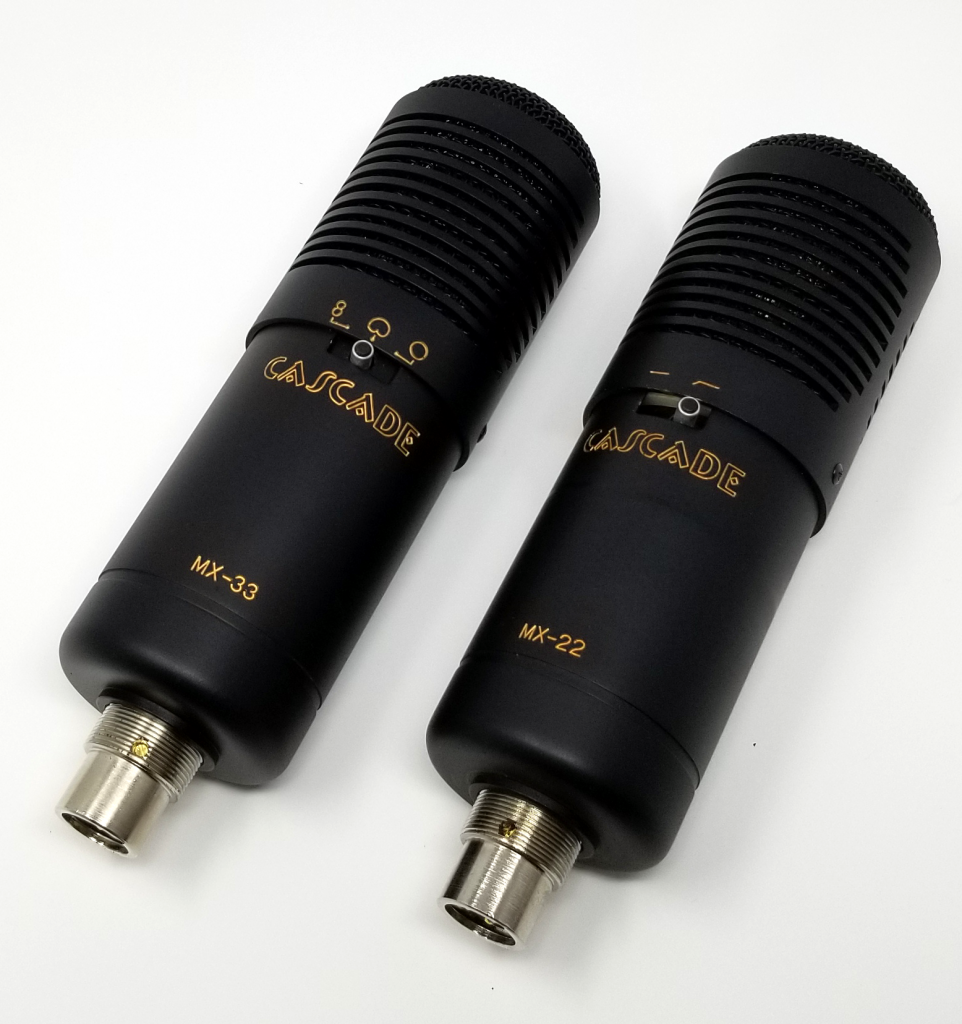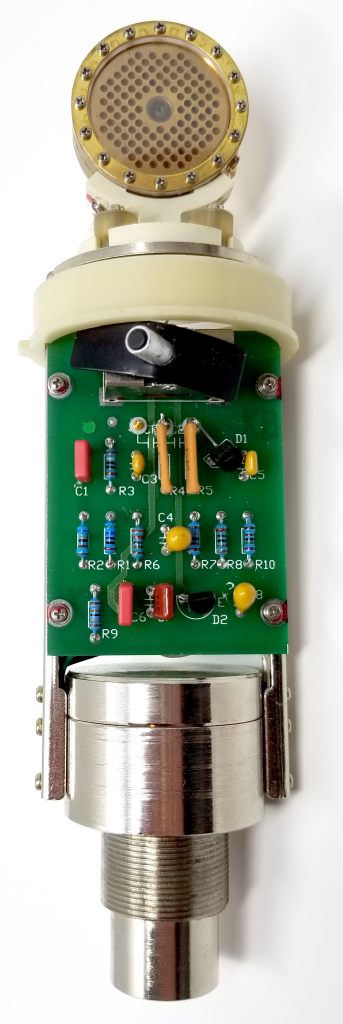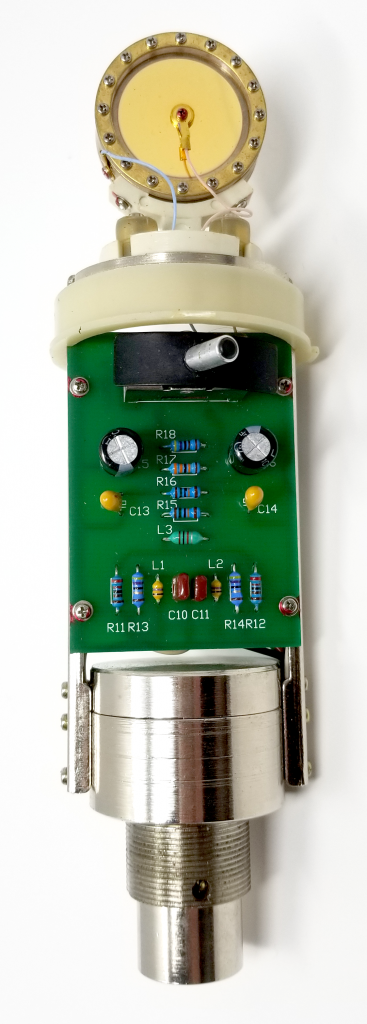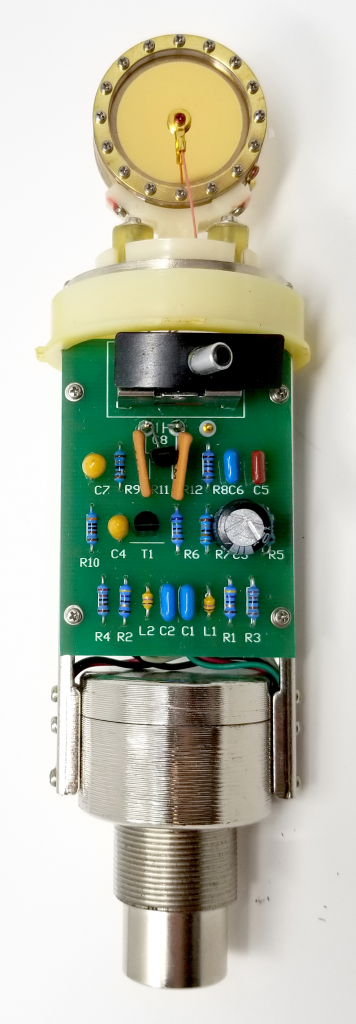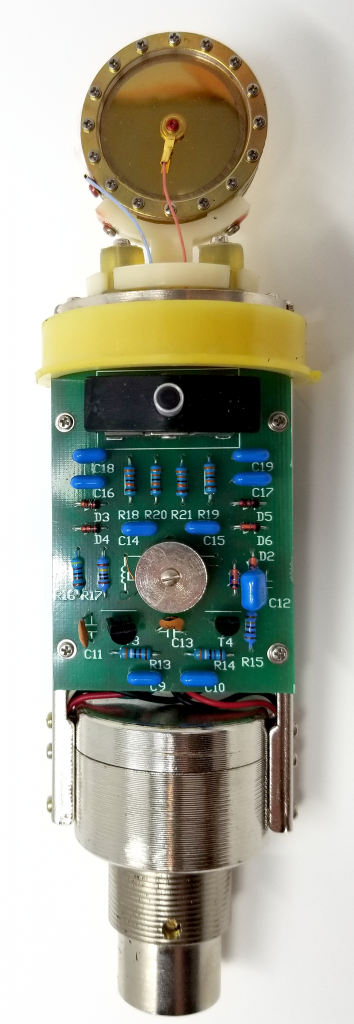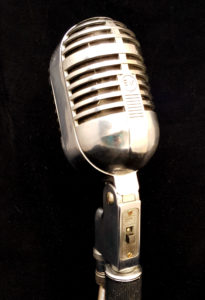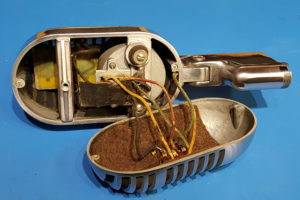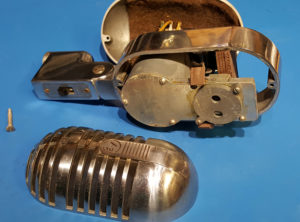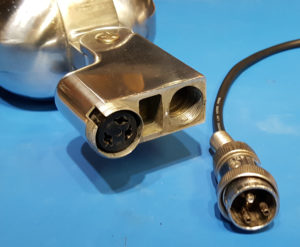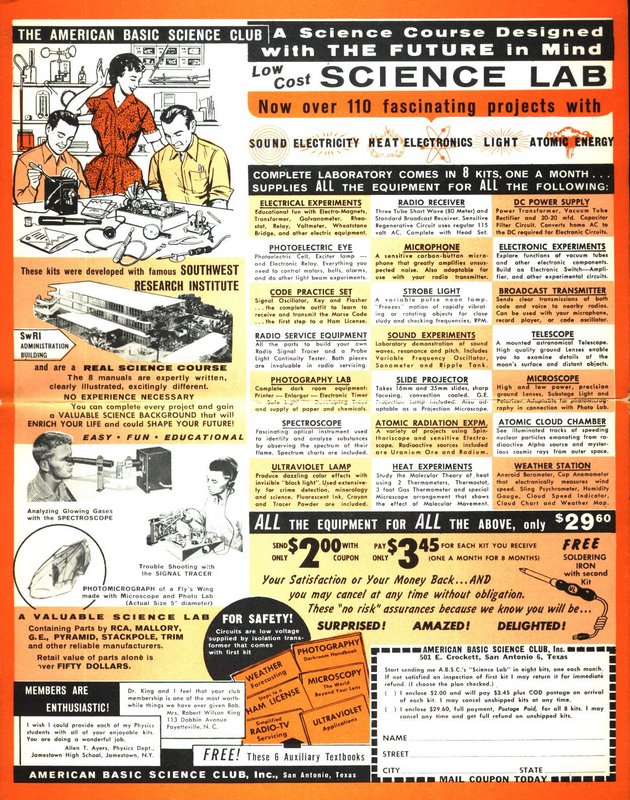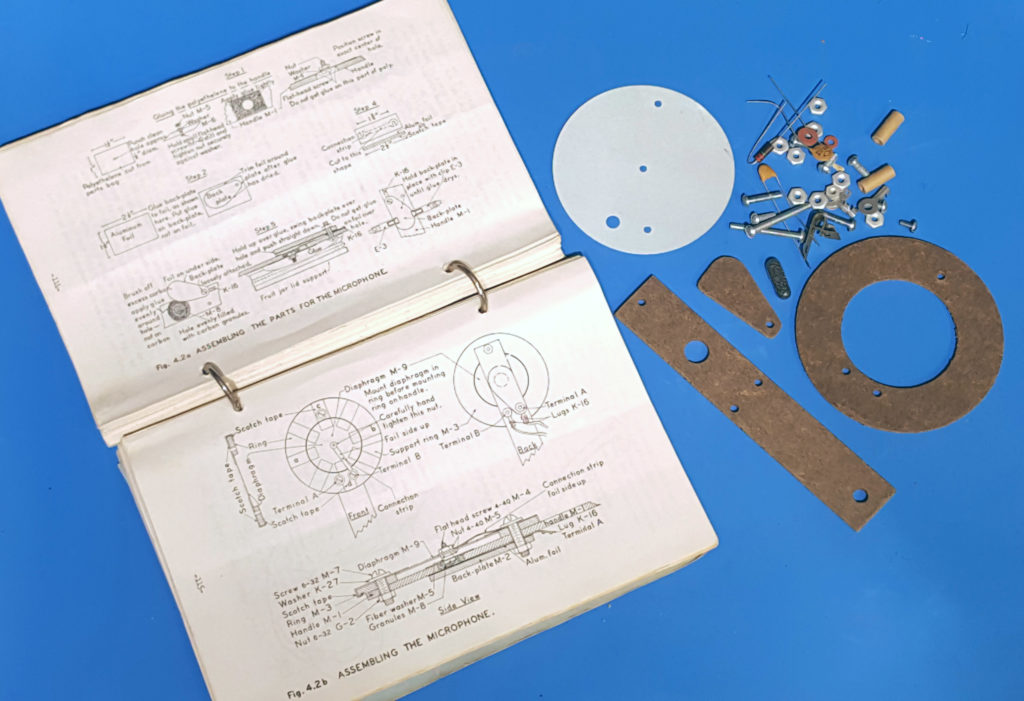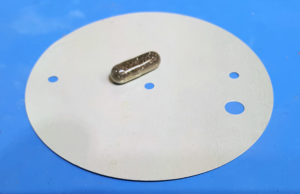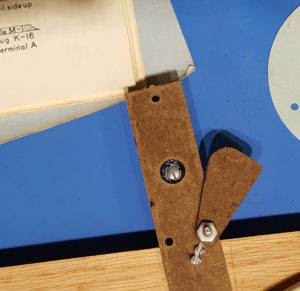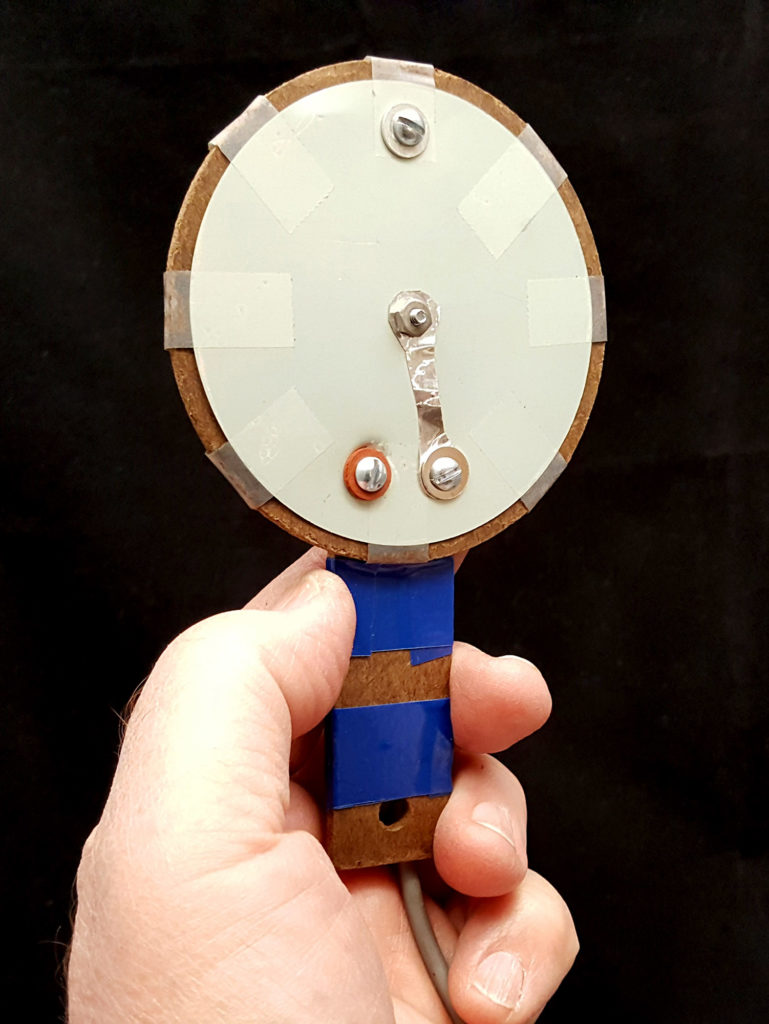The growth of the microphone industry and the growth of the home recording industry are entirely intertwined. The home recording revolution began in the 1970s with Tascam Model 10 console and Series 70 recorders. This equipment made home recording affordable and also spawned the opening of many small commercial studios. I opened my studio in 1973 and benefited from the new, lowcost, electret condenser microphones hitting the market.
At the beginning of the home recording revolution, there were only 10 – 15 manufacturers making studio-quality microphones. According to the Recording Hacks website, which contains probably the most comprehensive listing of studio-quality microphones on the web, over 151 manufacturers were making microphones for recording studios in January of 2020.

The manufacturers got it right the first time. Classic microphones from the 1940s, 1950s, and 1960s were made exceptionally well and had a superb performance. The RCA 44BX and 77DX, AKG C12, Neumann U47, U67, and U87 are still very desirable today and bring high prices, not only because they are collectible, but because they always produce excellent results. These classic microphones were used on many hit recordings, not primarily by choice but because they were the only ones available. At that time, the selection of microphones was minimal.
Progress in microphone design over the past 75 years has been one of evolution rather than revolution, with only a few significant innovations.
The first notable innovation was the invention of the FET (field effect transistor). Condenser microphones required a preamplifier in the microphone body because of the high impedance of the capsule. A vacuum tube and the associated high-voltage and filament power supply were needed for that preamp. The FET allowed manufacturers to get rid of the large high voltage tube supply and miniaturize the components in condenser microphones. Vacuum tube condenser microphones were replaced by new FET microphones that were battery powered.
The next innovation was the implementation of phantom power to power the microphone over the standard 3-wire balanced cable. The expensive batteries became an option and soon disappeared as phantom power became the norm in the 1980s.
The innovation of the electret condenser microphones allowed for smaller microphones because their permanently polarized diaphragm eliminated the need for an external bias power supply. The elimination of the bias supply resulted in a cost reduction and a smaller microphone. Lavaliere microphones got more compact, and low-cost electret condenser microphones hit the rapidly growing home recording market. My first condenser microphones were a pair of Sony ECM-22P microphones I purchased in 1973. They still work well.
The steady progress in dynamic microphones and ribbon microphones was given a shot in the arm with the discovery of the metal compound, neodymium. Neodymium was discovered independently by General Motors and Sumitomo Special Metals in 1984. Magnets made from this metal are the material of the smaller magnets and higher outputs in dynamic and ribbon microphones because of their intense magnetic fields. Neodymium spawned a new generation of more compact ribbon and dynamic microphones.
During that time there was a continued improvement, re-design and re-engineering that produced a continuous forward movement in the quality and features of studio microphones.
Seventy-Five years of design experience plus precision CNC machining equipment automated the production of many microphone parts, bringing the cost down and providing considerably improved quality control. The takeaway here is that because of significantly increased sales volume and lower automated manufacturing cost; there is a greater variety of quality microphones with many options available at reasonable prices than ever before.


